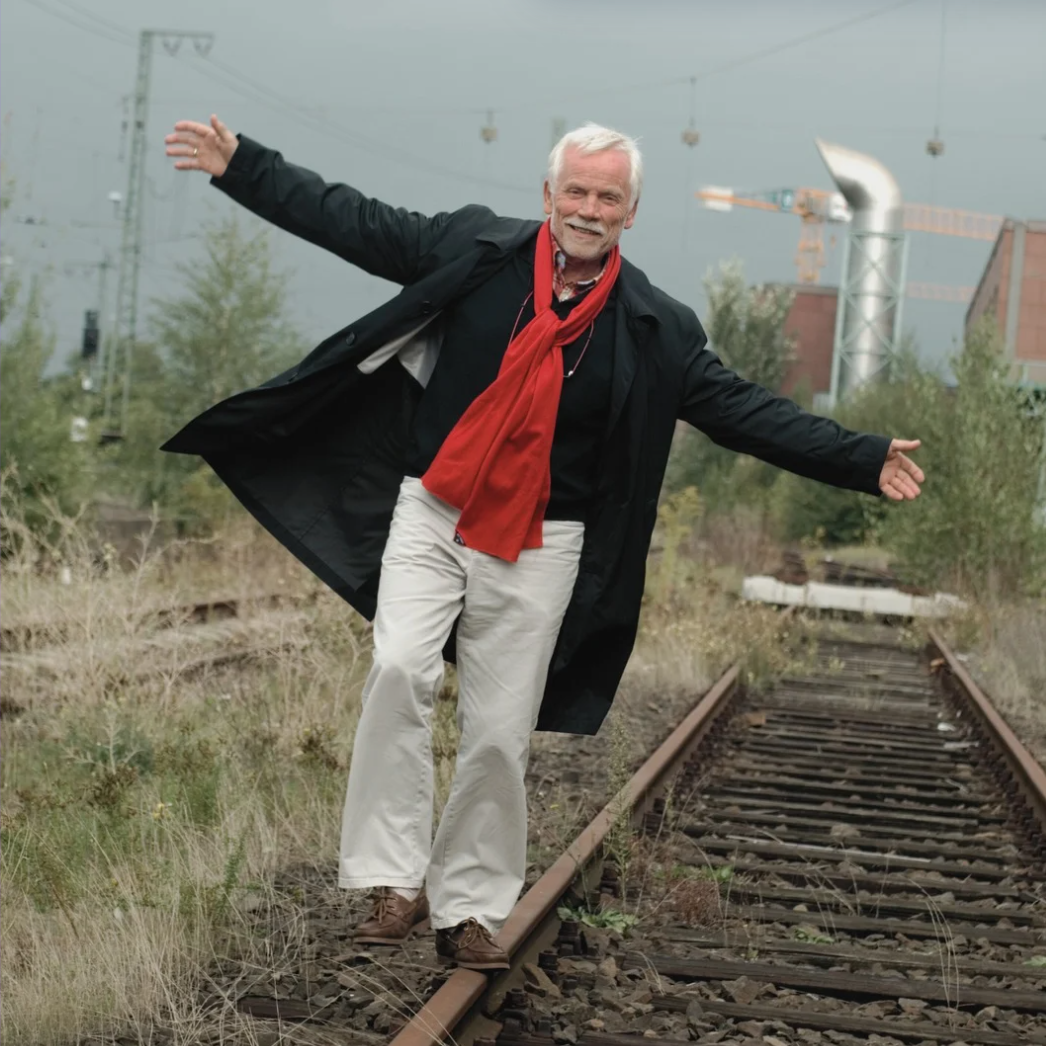
Why Joy Is Not Optional
Let’s be honest: joy might not feel like a priority right now.
With so much change, pressure, and uncertainty in our daily lives, the idea of “finding joy” can feel, at best, aspirational.
Let’s be honest: right now, joy might not feel like a priority.
With so much change, pressure, and uncertainty in our daily lives, the idea of “finding joy” can feel—at best—aspirational. At worst, it might feel out of touch. Many of us are simply trying to hold it together. So why are we talking about joy?
Because real joy isn’t the same as surface-level happiness. It’s not about forcing a smile or pretending everything’s fine. It’s not performative. It’s not a reward for when everything finally calms down. And it’s definitely not optional.
Joy is deeper than happiness. It’s a sense of being rooted, even in hard times. It’s quiet but sustaining. It lives alongside grief, effort, and change. And perhaps most importantly, it can be cultivated, even now.
That’s why we’re making Joy the theme of our Wholebeing@Work program this June.
The Science of Joy at Work
In the healthcare field, where burnout is notoriously high, the Institute for Healthcare Improvement found that one of the most powerful tools for reducing burnout wasn’t more time off—it was restoring joy. In their research-based Joy in Work framework, they emphasize that burnout is often not just about workload, but about a lack of meaning, purpose, autonomy, and connection.
When joy is present, people feel seen, valued, and energized. They’re more likely to stay, collaborate, and innovate. This doesn’t just apply to hospitals—it’s true in every workplace.
From Coping to Thriving: A New Lens on Joy
At Prasada, we talk often about thriving—not just getting through the workday, but creating a life that feels whole, connected, and meaningful. And if you’ve been to one of our programs, you’ve likely heard me say this before: We believe every person has the desire to thrive.
To thrive means living with health, purpose, and joy—not just on weekends or during vacation, but in the everyday moments of your work and life.
Joy is a vital part of that. It’s not a reward you earn once everything else is taken care of—it’s something you can access and build, even in times of uncertainty.
So let’s get clear about the difference:
Happiness
-
Situational: Tied to external events.
-
Temporary: Comes and goes.
-
Emotion-based: Feels good, but can be shallow.
Joy
-
Rooted: Comes from within.
-
Sustainable: Present even amid a challenge.
-
Meaning-based: Tied to purpose, love, and alignment.
Happiness says, “This feels good.”
Joy says, “I feel whole—even when life isn’t perfect.”
Practices for Cultivating Joy
You don’t need to wait for life to ease up to start feeling more joy. Small, intentional practices can help you shift from just coping to something more lasting.
Try one of these:
-
Notice meaning – What about your work matters most to you right now?
-
Savor wins – Pause and let the good stuff land; don’t rush past it.
-
Connect intentionally – A kind word, a shared laugh, a small moment of gratitude.
-
Align with values – When your actions match what you care about, joy often follows.
Reflect on These Three Questions
-
When was the last time I felt a deep sense of joy, and what contributed to that moment?
-
What part of my work (or life) feels most meaningful to me right now?
-
How might I bring more intention and alignment into my day, starting with something small
Leave a Comment